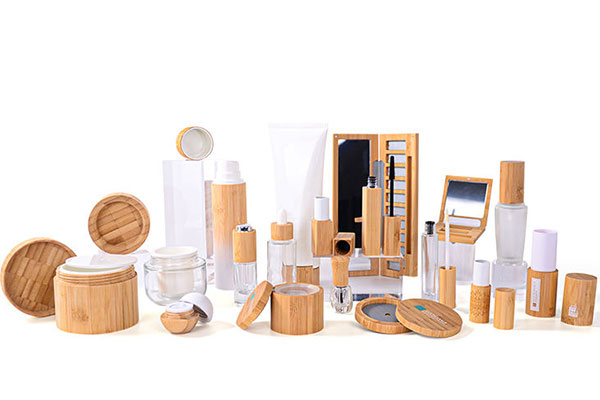In recent years, bamboo packaging has gained popularity as an eco-friendly alternative to traditional materials. As businesses and consumers increasingly prioritize sustainability, questions about the cost, environmental benefits, quality, and certification of bamboo packaging have surfaced. In this comprehensive guide, we delve into various aspects of bamboo packaging, addressing common queries and shedding light on its significance.
1. Why is Bamboo Packaging Expensive?
Bamboo packaging is often perceived as more expensive than conventional materials due to several factors. Firstly, the production process involves harvesting, treating, and shaping bamboo, which can be labor-intensive. Additionally, the demand for sustainable packaging materials has driven up costs. However, the long-term environmental benefits and positive brand image may outweigh the initial expenses.
2. Why is the Minimum Order Quantity for Bamboo Packaging So High?
The minimum order quantity (MOQ) for bamboo packaging can be high due to the economies of scale. Manufacturers may require larger orders to justify production costs and make the process economically viable. High MOQs can pose challenges for small businesses, but collaborations or bulk purchasing arrangements can help overcome this hurdle.
3. Why is Bamboo Packaging an Environmentally Friendly Product?
Bamboo is celebrated for its eco-friendly properties. It is a rapidly renewable resource, requiring minimal water and no pesticides for growth. Bamboo packaging is biodegradable and compostable, contributing to reduced environmental impact compared to traditional materials like plastic.
4. How to Choose Better Quality Bamboo Packaging?
Selecting high-quality bamboo packaging involves considering factors such as thickness, finish, and overall craftsmanship. Examining certifications, such as the Forest Stewardship Council (FSC), ensures sustainable sourcing. Collaborating with reputable suppliers and seeking customer reviews can further aid in making informed choices.
5. What Benefits Will Bamboo Packaging Bring to Enterprises?
Bamboo packaging can enhance a company's sustainability profile, attracting environmentally conscious consumers. The use of bamboo reflects a commitment to reducing carbon footprints and contributing to the global shift towards eco-friendly practices. This, in turn, can foster customer loyalty and positive brand perception.
6. What Role Does Bamboo Packaging Play in the Cosmetics Industry?
The cosmetics industry has embraced bamboo packaging for its aesthetic appeal and sustainable qualities. Bamboo containers provide a natural and organic look, aligning with the values of many beauty brands. Its lightweight nature also makes it an ideal choice for packaging in this industry.
7. What is the Significance of the Replaceable Structure of Bamboo and Wood Packaging?
The replaceable structure of bamboo and wood packaging adds to its sustainability. Components of these packages can be easily replaced without discarding the entire unit, extending its lifespan. This feature aligns with the principles of a circular economy, where resources are used efficiently and waste is minimized.
8. Why Do Bamboo and Wood Products Need FSC Certification?
Forest Stewardship Council (FSC) certification ensures that bamboo and wood products are sourced responsibly. It verifies that the materials come from sustainably managed forests, promoting biodiversity and ethical forestry practices. FSC certification is a crucial indicator of a company's commitment to environmental stewardship.
9. Are Bamboo and Wood Products Easy to Clear Customs?
The ease of clearing customs for bamboo and wood products depends on compliance with international regulations. Ensuring that products meet the phytosanitary requirements and have the necessary documentation, including FSC certification, can facilitate a smoother customs clearance process.
10. Do I Need to Pay Taxes on Bamboo and Wood Products?
Taxation on bamboo and wood products varies by country and region. Importers should be aware of the applicable customs duties and taxes in their respective locations. Some regions may offer preferential treatment or reduced tariffs for eco-friendly and sustainable products, emphasizing the importance of staying informed.
Bamboo packaging presents a sustainable alternative with numerous benefits, but understanding its production costs, quality considerations, and regulatory requirements is essential. As businesses and consumers continue to prioritize sustainability, bamboo packaging is likely to play a pivotal role in shaping the future of eco-friendly practices and responsible consumption.

Post time: Nov-23-2023



